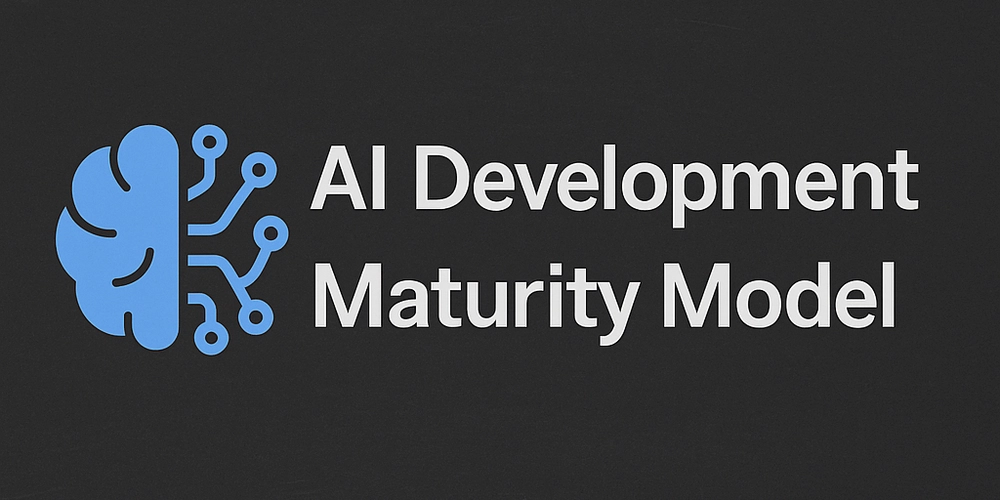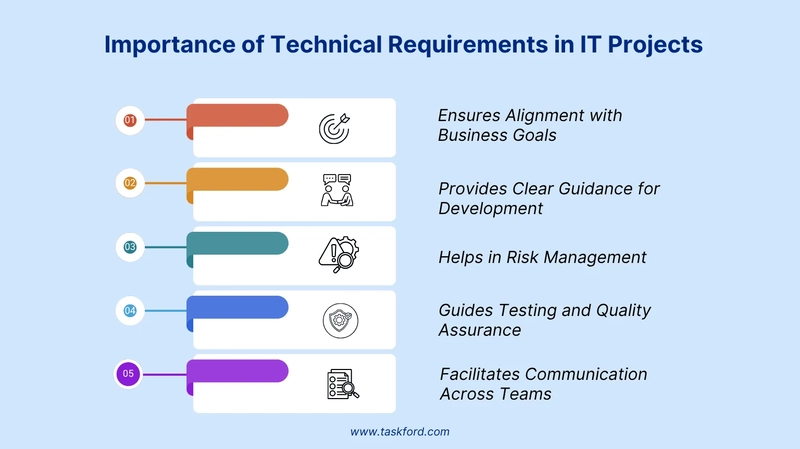As AI-assisted development matures, developers evolve from manual coding to strategic orchestration.
The AI Development Maturity Model (AIDMM) defines five levels of evolution, from purely human to fully autonomous AI-driven codebases.
Why It Matters
- Benchmark your AI adoption across projects.
- Prioritize investment in automation and oversight.
- Define new metrics like AI contribution ratio and review autonomy.
- Foster trust through auditable maturity levels.
The Five Levels
| Level | Name | Typical Use Case |
|---|---|---|
| ⚙️ 0 | Human-Only Development | Legacy systems, compliance-heavy code |
| 💬 1 | AI-Inspired Development | Brainstormings, study, Proof-of-Concept |
| 🧩 2 | AI-Collaborative Development | Real life projects, personal or enterprise |
| 🤖 3 | AI-Delegated Development | PR bots, repo agents, async automation |
| ⚡️ 4 | Fully Autonomous AI Development | Project cloned from templates, application replicas, CRUD-related stuff |
Level 0 — Human-Only Development
No AI involvement. Every commit, test, and refactor is done manually.
Traits
- 100% human-written code.
- No chatbots, completions, or AI suggestions.
- Legacy or controlled environments.
Analogy: Coding on a typewriter: precise, deliberate, but limited in scale.
Level 1 — AI-Inspired Development
Developers use AI conversationally, as an idea partner, not a code editor.
Traits
- Human writes all code.
- AI influences thinking and structure.
- Prompts replace StackOverflow searches.
Examples
- ChatGPT, Gemini or Claude for brainstorming, planning, debugging, or refactoring logic.
- GitHub Copilot Code completions for snippets and syntax hints.
Analogy: A silent mentor who helps you think, not type.
Level 2 — AI-Collaborative Development
The AI works inside the IDE, actively contributing to the code being written.
Traits
- Shared authorship between human and AI.
- Developer still curates and accepts all changes.
- Focus on flow and rapid iteration.
Examples
- GitHub Copilot inside a Visual Studio Code, suggesting multi-line logic in real-time.
- GitHub Copilot (agent mode), OpenAI Codex or Cursor executes local edits, fills in functions, completes tests, run commands in terminal.
Analogy: Pair-programming with a machine that anticipates your next thought.
Level 3 — AI-Delegated Development
The developer delegates entire coding tasks to autonomous agents. AI operates as a background contributor: commits code, opens PRs, and self-tests.
Traits
- Human reviews and merges.
- AI acts as a proactive teammate.
- True “agent mode” where AI works asynchronously.
Examples
Analogy: A junior developer you supervise — except it works 24/7 in the cloud.
Level 4 — Fully Autonomous AI Development
AI independently builds, tests, and deploys software aligned with strategic goals. Human input is reduced to high-level constraints and evaluation metrics.
Traits
- 100% AI-written and maintained code.
- Continuous feedback loops.
- Humans oversee outcomes, not syntax.
The Future of Development
AI won’t just assist, it will participate, delegate, and eventually own the development loop.
Developers will evolve from coders → curators → orchestrators of autonomous systems.
The true artistry of future development lies not in typing code, but in teaching systems how to build and reason.



